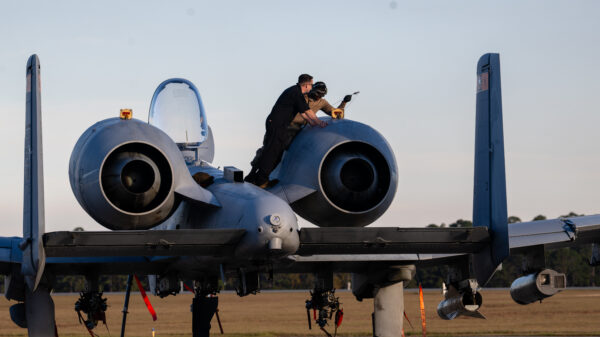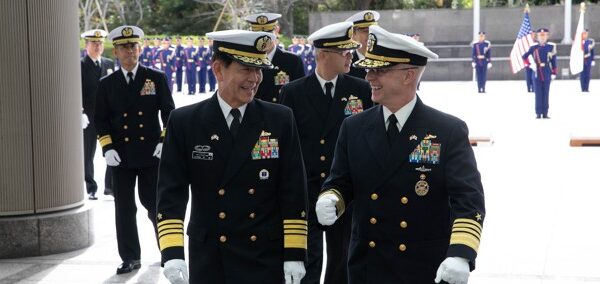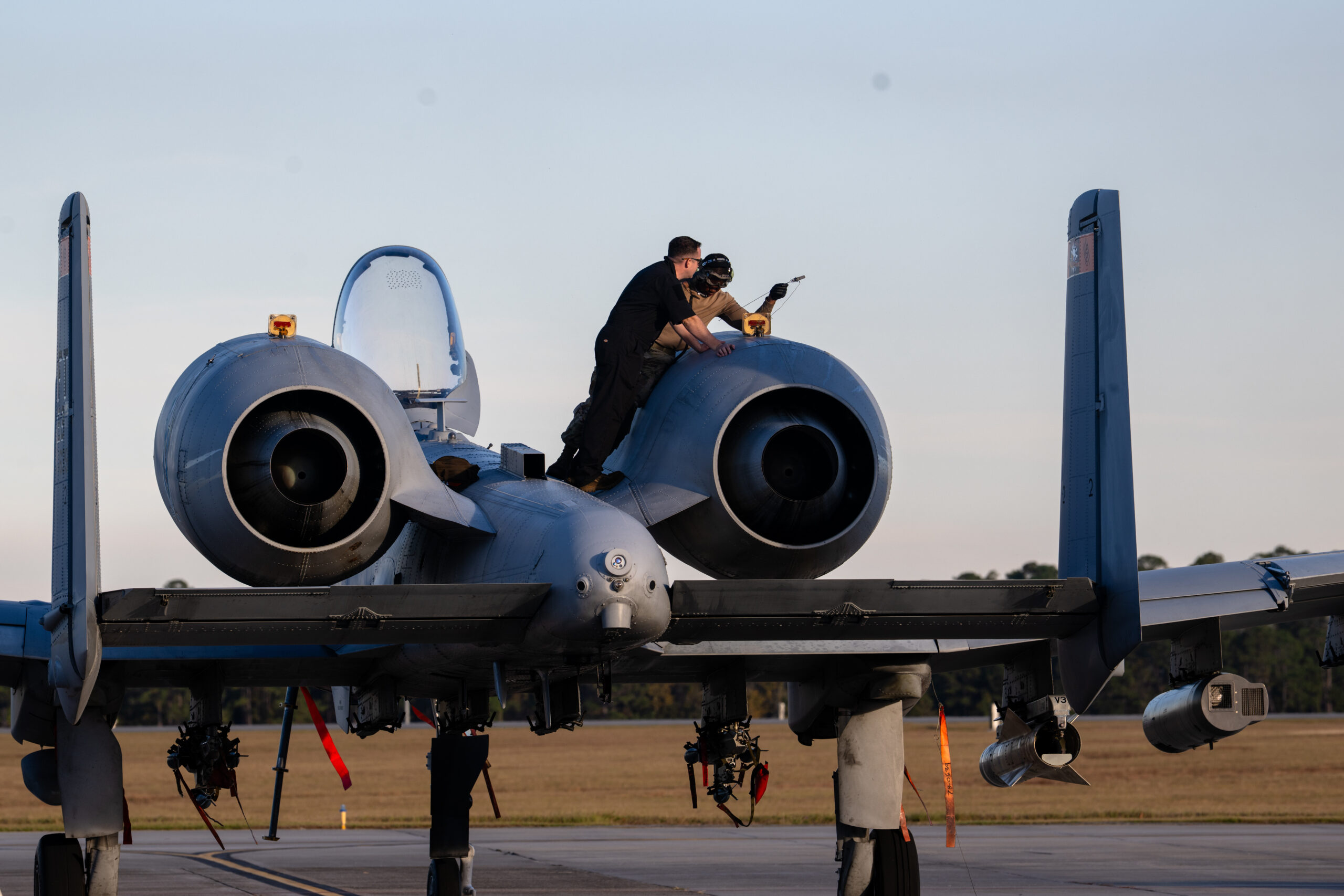The United States Air Force has conducted a significant exercise aimed at preparing its units for potential future conflicts, particularly against advanced adversaries such as China. From November 12 to 21, the 23rd Wing, based at Moody Air Force Base in Georgia, engaged in Exercise Mosaic Tiger 26-1, focusing on sustained combat operations from isolated locations without reinforcements or resupply.
The exercise was designed to test the Air Force’s Agile Combat Employment (ACE) strategy. This approach emphasizes the necessity for combat units to maintain operational capabilities even when cut off from central bases due to adversarial actions. According to a statement from the Air Force, this strategy is critical as large, centralized air bases could be primary targets in a high-end conflict, potentially rendered inoperative by cruise missiles or other advanced weaponry.
Simulating Future Combat Scenarios
During the exercise, participants simulated a range of operational challenges. Airmen were required to establish forward operating sites, rapidly rearm and refuel aircraft, and sustain operations in environments that mimicked contested conditions likely to arise in future conflicts. The 23rd Combat Air Base Squadron played an essential role in this endeavor, focusing on establishing the new bases’ defense, logistics, and communications capabilities.
The concept of multi-capable airmen was a key aspect of the exercise. Personnel were tasked with responsibilities outside their typical roles, such as maintaining aircraft, setting up communications, and securing base perimeters. Lt. Col. Justin May, the squadron commander, noted that every airman tackled tasks that typically would not fall within their specific job descriptions, which is vital for maintaining flexibility in uncertain scenarios.
Maintenance airmen from the 74th and 75th Fighter Generation Squadrons were dispersed across various locations, each facing unique challenges. Their objective was to ensure that aircraft, including the A-10 Warthog, remained operational despite limited resources and uncertain timelines for resupply. The Air Force highlighted the need for innovative problem-solving, as airmen had to judiciously use equipment and supplies, such as spare parts and oil.
Staff Sgt. William Flores, a crew chief with the 75th, commented on the importance of resource management: “Being responsible for what supplies we do have on site all leads back to ensuring that we stay accountable and utilize all resources available.”
Maintaining Communication and Coordination
In addition to operational tasks, airmen practiced generating combat sorties under conditions where communications with higher command levels were compromised or entirely cut off. Lt. Col. Nathan Frey, director of operations for the 74th, explained that airmen would operate under an air tasking order that outlined their missions for the following three days. Should communication outages extend beyond this timeframe, units would adapt by following broader directives and coordinating directly with nearby units.
Lt. Col. David Pool, commander of the 74th Mission Generation Force Element, emphasized the importance of flexibility in command structure. He stated, “If communication degradation lasts past 72 hours, we would shift to military-type orders that provide broad intent and allow us to coordinate with adjacent units without the detailed integration.”
The successful execution of Exercise Mosaic Tiger 26-1 demonstrates the Air Force’s commitment to enhancing its readiness for potential conflicts, ensuring that its units can operate effectively in a range of challenging scenarios while maintaining airpower capabilities. Such exercises are crucial for preparing airmen to face the complexities of modern warfare, particularly in a landscape where traditional bases may be vulnerable. As global tensions evolve, the Air Force’s proactive approach to training and strategy becomes increasingly vital.



































































